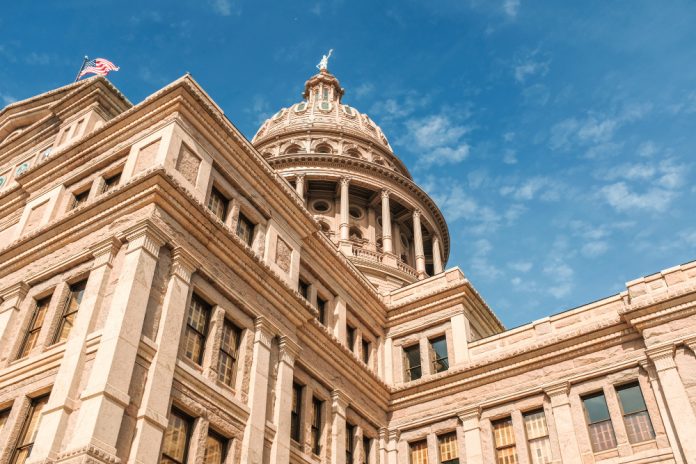U.S. Federal Reserve officials are venturing into “uncharted waters” as they are faced with a unique scenario in setting monetary policy: a falling inflation rate without a corresponding increase in unemployment. This perplexing situation was detailed in a research note published on the Richmond Fed’s website, analyzing what has been described as a central bank rate cycle “unlike any other.”
According to the note, authored by Richmond Fed staffers including senior adviser Pierre-Daniel Sarte, “The current cycle is the first time over the entire postwar period the Federal Open Market Committee (FOMC) has made significant progress in lowering inflation without an associated increase in the unemployment rate.”
The research underlines the unprecedented nature of the current rate episode. In March 2022, when the Fed began tightening monetary policy, it faced the largest-ever gap between inflation and the target federal funds rate. Despite the fastest increase in interest rates in at least four decades, unemployment has remained stable and low.
Whether this trend of cost-free decline in inflation can persist is poised to be a focal point of discussion among Fed officials in the coming weeks. The central question is whether interest rates have been raised enough or if additional hikes are necessary.
Recent data may add to the optimism, with the Consumer Price Index (CPI) rising at a 3.2% annual rate in July, a slight uptick from June’s 3% reading. However, underlying price trends, excluding volatile food and energy costs, show continued slowing. The annual “core” CPI dropped to 4.7% in July from 4.8% in June, a reduction primarily driven by housing costs that Fed officials anticipate will continue to moderate.
As economists like Paul Ashworth of Capital Economics observe “disinflationary pressures” building, traders have reduced bets on another central bank rate increase, now assigning only a one in four chance of another hike at any of the Fed’s three remaining meetings in 2023.
San Francisco Fed President Mary Daly warned it’s too early to make predictions about the rate decision for the upcoming September meeting, emphasizing the need for more information on prices and jobs.
So far, the direction for the Fed has been favorable, with inflation measured by the CPI down from a peak of 9.1% last year. Since March 2022, the federal funds rate has been raised by 5.25 percentage points. Although this typically would be linked to a spike in unemployment, the rate has remained below 4% since February 2022, standing at 3.5% last month.
Various interpretations have been offered for this phenomenon, ranging from “labor hoarding” by firms to supply chain-related inflation that has slowly corrected. Some believe the economy is still adjusting to higher interest rates, while others think the unemployment rate will eventually increase before the inflation battle is won.
As the Fed deliberates whether to follow through with another rate increase this year, the current target interest rate range of between 5.25% and 5.5% is being carefully evaluated.
The Richmond Fed researchers highlight that the current situation is unique, as the Fed “has been uniquely successful thus far in lowering inflation while leaving the unemployment rate at its lowest levels in roughly half a century.” With no clear historical guide to follow, they conclude that the FOMC must remain vigilant to avoid missing its target in a resilient economy. It seems that the current state of U.S. economic experience has indeed set the Fed on an uncharted course, with both opportunities and risks lying ahead.
Feaured Image: Freepik










